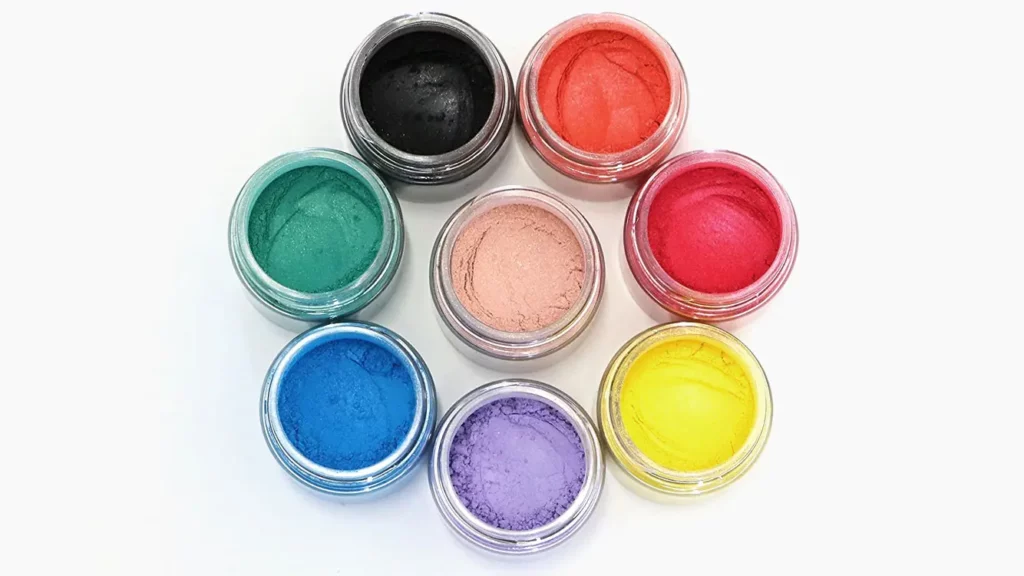How Colorants May Impact Plastic Part Performance
Colorants are important features in plastic injection molding. They help designers and product developers convey a much-needed physical attribute in appearance, deliver aesthetics, beauty and even texture. More often than not, colorants will not be considered outside of what they do – add colour. But as is the case with all chemical polymers, these synthetic substances have some effect on the plastic part.
Explaining the effect of colorants on plastic parts is complex to say the least. Each type of coloring amplifies, modifies or dampen a physical or chemical property of the original plastic material. Generally, coloring will have an effect on the durability, impact resistance, environmental pollution, melt flow rate, transparency, mold and melt temperatures. Here’s all the ways that colorants may affect the performance of your part.
What are Colorants?
Colorants may be classified as dye or pigments. They are used to add color to plastic parts and give them the desired appearance. When used as dyes, the result is brilliant coloring that is very suitable for indoor use. Pigments on the other hand are not as easily miscible as dyes but deliver better color and are better suited for outdoor applications.
Pigments may be inorganic or organic. Their applications are quite different; inorganic pigments are the preferred option for dealing with plastics that demand a high degree of opacity. This is because these pigments are less likely to migrate than their organic counterparts. Inorganic pigments are more suitable for heat-sensitive applications and instances where there are agents of weathering. Organic pigments are better suited for tinting and high-color applications. They create parts with more brightness and glossier appearance.
Effects on Plastic Polymers
· Colorant and polymer compatibility
First of all is the colorant and its compatibility with the plastic polymer. Often times, the compatibility of the colorant and the polymer is not considered. This mismatch in chemistry may result in weakening of the original properties of the material such as the impact resistance of the polymer.
In other instances, the polymer and the colorant may be compatible, however, the presence of other additives may bring about a different reaction. There should also be considerations around the heat and processing temperature before being introduced to the polymer. This is because a colorant may be compatible with a polymer on a particular temperature but the thermal degradation that occurs at higher ranges may result in chemical changes.
· Coloring technique
From compounding to surface coating, dry blending and masterbatch, there are numerous ways of incorporating a colorant into a plastic part. Because of the variation in technique, the incorporation process may modify the mechanical and physical properties of the polymer. For instance, dry blending will of the polymer. For instance, dry blending will modify the particle size of the colorant, reducing the surface area and the way the chemical composition.
· Coloring volume
The way coloring works is that the polymer retains a level of the coloring incorporated into it. The amount retained is subject to the volume and quality of the colorant used. Colorants that are pure and free from contaminants and deemed compatible as detailed above may not affect the part. When incompatibility is already an issue, more volume will generally mean more problem.
· Color type
Organic and inorganic pigments both have different properties. The same can be said for dyes. Depending on the type of coloring, certain properties may or may not be transferred to the plastic polymer. For instance, colors that are basically transparent have lesser effect on the chemical structure of the plastic material while organic compounds may alter the structure of the polymer. The color type, black, for instance will lead to the part having higher viscosity while colors like yellow may cause the part to fade or shift towards red under heat processing. Because of this, it is very possible to mold the same parts with different colorants and have variations in the dimensions of the final part. This can be adverse in applications where tight tolerances are imperative.
First Part Injection Molding Services in China
First Part offers high quality, thermoplastic injection molding service for all your plastic part projects in China. We also offer low-volume manufacturing that serve small quantities from 50 to 10000 parts and produce for mass production. Our engineers are always available to advice on the best processes, materials and design optimization to ensure cost-savings, quick turnaround and the production of parts that are 100 percent defect and issue free. Click here to request a free quote now and submit your design for a free evaluation and contact us on how to get started on your next projects.










